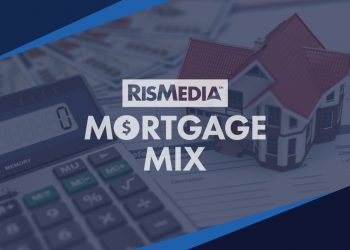There just aren’t enough homes—and the homes that are available are becoming increasingly unaffordable. That has been the refrain from consumers, advocates and real estate professionals at least since the pandemic, and in many regions, going back years earlier.
Social Skills: New Social Media Updates Every Agent Should Know
The social media platforms that agents use on a daily basis are constantly changing and evolving. Staying informed about the latest updates is essential for real estate professionals looking to expand their reach, generate leads and strengthen client relationships. Read more.
Business Tip of the Day provided by
Categories
The Most Important Real Estate News & Events
Click below to receive the latest real estate news and events directly to your inbox.
By signing up, you agree to our TOS and Privacy Policy.













